The sweeping impact of the Supreme Court’s Chevron reversal
The Supreme Court’s conservative majority struck down the Chevron doctrine, a 40-year-old pillar of administrative law, on June 28. The decision is likely to initiate an era of uncertainty for federal regulation. Chevron gave federal agencies room to interpret ambiguous or unclear laws and instructed the courts to defer to these interpretations as long as they were reasonable understandings of the law.
Chief Justice John Roberts, who wrote the majority opinion for the landmark 6-3 decision, argued that the Chevron doctrine “defies the command” of the Administrative Procedures Act, the law that controls the operations of federal agencies.
“Chevron’s presumption is misguided because agencies have no special competence in resolving statutory ambiguities,” Roberts wrote. “Courts do.”
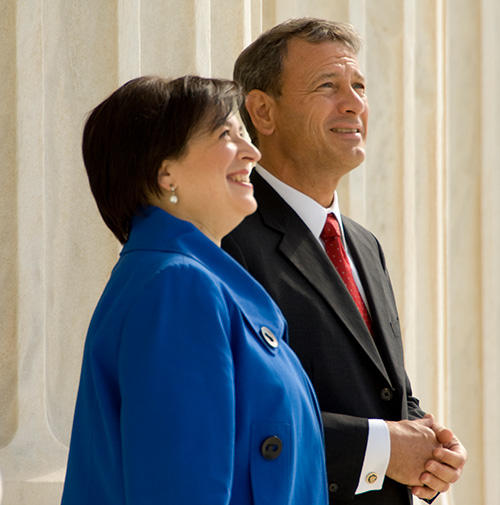
The court sided with the petitioners, resolving two companion cases, Loper Bright Enterprises v. Raimondo and Relentless, Inc. v. Department of Commerce. In her dissent, Justice Elena Kagan argued that Congress can constitutionally allow agencies to act at their own discretion, within limits, and she made a case for Chevron’s place as a fundamental legal precedent.
“It has become part of the warp and woof of modern government, supporting regulatory efforts of all kinds — to name a few, keeping air and water clean, food and drugs safe, and financial markets honest,” she wrote.
Chevron’s repeal will have huge ramifications across the country, opening the door to a wave of litigation that could result in countless reinterpretations of foundational laws governing clean air and water, public lands, forest management and climate policy, as well as health care, taxes, and emerging technology.
The decision “marks a significant change in the balance of power and the relationship between the three branches of government,” said Chris Winter, the executive director of the University of Colorado Law School’s Getches-Wilkinson Center for Natural Resources, Energy, and the Environment. He added that it is difficult to predict the magnitude of the change.
The Chevron doctrine arose from a challenge to the Clean Air Act in 1984. The Natural Resources Defense Council challenged the Environmental Protection Agency’s definition of a single “source” of pollutants, which could refer to an entire factory or a single furnace. The justices ultimately deferred their decision to the EPA as the agency responsible for enforcement, and thus encoded a process whereby, if any ambiguities in a law arose, the courts could defer to the responsible agency.
By overturning Chevron, the Supreme Court has transferred this authority to clarify the meaning of written law from agencies to the judicial system. When disagreements end up in the courtroom, judges will now have the final say on how laws are implemented, even in technical cases, such as the issuing of licenses for nuclear storage sites. Congress, meanwhile, will need to be more precise and targeted in drafting laws — something that is far from guaranteed in the current polarized legislature.
The outcome could prove paralyzing for agencies, said Rosalie Winn, director and lead counsel for methane and clean air policy for the Environmental Defense Fund, because it could create a patchwork regulatory landscape that varies depending on separate lower court interpretations of the same law.
Whereas Chevron offered a kind of national uniformity based on deference to the expertise of regulators, now agencies will need to adhere to interpretations within the jurisdiction of separate district courts. In her dissent, Kagan described this change as undemocratic.
“Agencies report to a President, who in turn answers to the public for his policy calls,” she wrote. “Courts have no such accountability and no proper basis for making policy.”
Proponents of removing Chevron argue that the doctrine created its own regulatory uncertainty, because the real-world impacts of a law could shift considerably every four years, from one presidential administration to the next.
“By its sheer breadth, Chevron fosters unwarranted instability in the law, leaving those attempting to plan around agency action in an eternal fog of uncertainty,” Roberts wrote in the majority opinion.
In Loper Bright, for instance, a group of fishermen who operate along the Northeast coast had objected to the National Marine Fisheries Association’s rule, which could require fishing industries to pay up to 20 percent of their revenue for on-board observers. They pointed out that Congress expressly limits payments to 2-3 percent of what they earned and said that the agency’s interpretation went too far in what it deemed “necessary and appropriate” for conservation.
Under Chevron, the ability to update interpretations of existing law allowed agencies to adjust how they enforce the laws in light of advancing scientific knowledge and changing realities. During the Obama administration, for example, Chevron allowed the EPA to redefine individual “sources” of pollutants under the Clean Air Act yet again.
In 2016, the EPA issued a new rule that requires oil and gas well operators to check wells for methane leaks, a major source of greenhouse gas emissions. More recently, the Bureau of Land Management issued a new public-lands rule, which elevated “conservation” to the same level of importance as energy and mining — a change made possible by reinterpreting the Federal Land Policy Management Act’s directive to balance “multiple uses” of public lands.
Now, a wide range of environmental legislation and policy — from the Endangered Species Act to tax incentives under the Inflation Reduction Act — could be called into question, with the judicial branch responsible for filling in gaps in written law.
The broader context of the decision, said Sanne Knudsen, professor of environmental law at the University of Washington, is that the Supreme Court seems to be on a deregulatory trend. She pointed to two separate cases challenging the Clean Water Act’s interpretation of the “waters of the United States.”
In 1985, the year after Chevron came into force, the court took a deferential approach and allowed the EPA to include most wetlands in this definition. In a 2023 case, however, the court majority did not cite Chevron at all, resulting in a much narrower definition of U.S. waters that dramatically reduced law’s protections.
The Chevron decision is a victory for business interests and conservative legal groups, which have fought federal government regulation for decades. They have found an ally in Roberts’ Supreme Court, which has supported business interests more consistently than any other court over the past century, according to reporting by E&E News.
The most recent decision will only confirm this trend, with a ruling that enjoyed the resounding support of business interests, including the fossil fuel and meatpacking industries. Attorneys linked to Americans for Prosperity — the conservative legal group funded by Charles and the late David Koch, the petrochemical billionaires — represented the fishing interests in Loper Bright.
Some states had preceded the Supreme Court in doing away with Chevron. Arizona, Utah and Colorado are among the more than 10 states that have laws to undo judicial deference to agencies. If a state wants to preserve deference, its legislature can enshrine this process into law. But at the federal level, the old precedent is gone, and the onus to write clear laws will fall to a divided Congress.
- “In a world where Congress is functioning, Congress can check the courts,” Knudsen said. “If Congress were doing its job, quite frankly, the concerns around this would be a lot more muted.”
This article first appeared on High Country News and is republished here under a Creative Commons license.
Enjoy reading ASBMB Today?
Become a member to receive the print edition four times a year and the digital edition monthly.
Learn moreGet the latest from ASBMB Today
Enter your email address, and we’ll send you a weekly email with recent articles, interviews and more.
Latest in Policy
Policy highlights or most popular articles
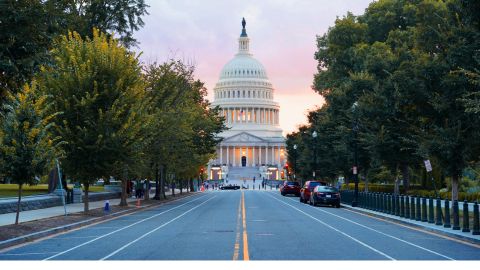
Councilors advocate for science on Capitol Hill
ASBMB Councilors meet with their elected officials to advocate for basic scientific research funding and training the next generation of scientists.

Hope for a cure hangs on research
Amid drastic proposed cuts to biomedical research, rare disease families like Hailey Adkisson’s fight for survival and hope. Without funding, science can’t “catch up” to help the patients who need it most.
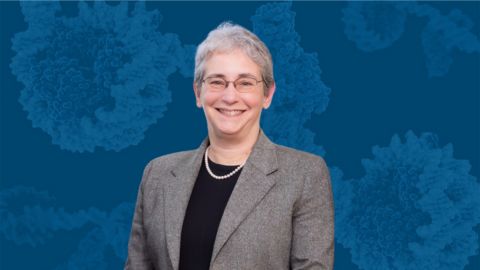
Supporting science through advocacy and community building
ASBMB calls on scientists to take action as funding cuts and policy shifts threaten the U.S. research enterprise, emphasizing the power of community advocacy and persistence in protecting the future of science.
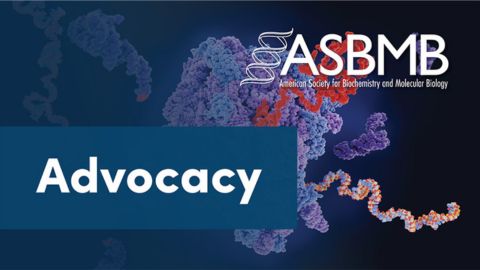
Seven steps to advocating in your home state
Find out how to schedule, prepare for and conduct a productive district office meeting to communicate the importance of fundamental scientific research funding to your representatives.
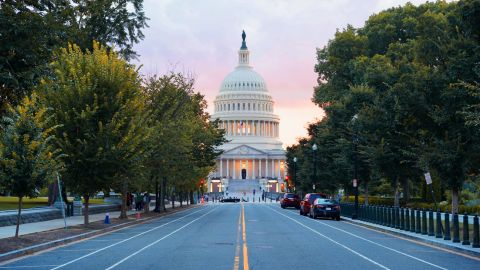
ASBMB members call for funding and agency support amidst uncertainty
In 60 meetings on Capitol Hill, scientists urge legislators to reaffirm support for scientific innovation

Embrace your neurodivergence and flourish in college
This guide offers practical advice on setting yourself up for success — learn how to leverage campus resources, work with professors and embrace your strengths.

